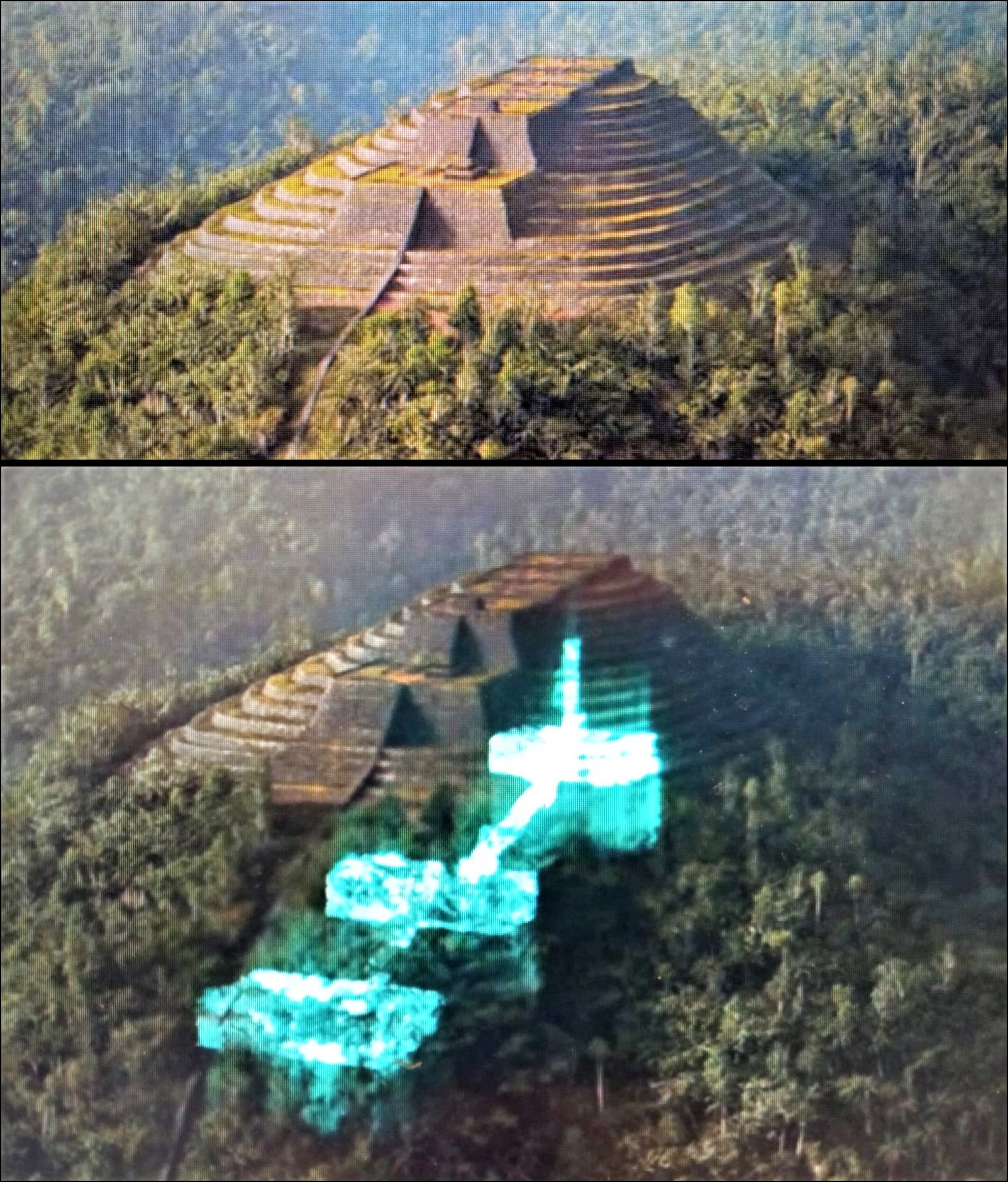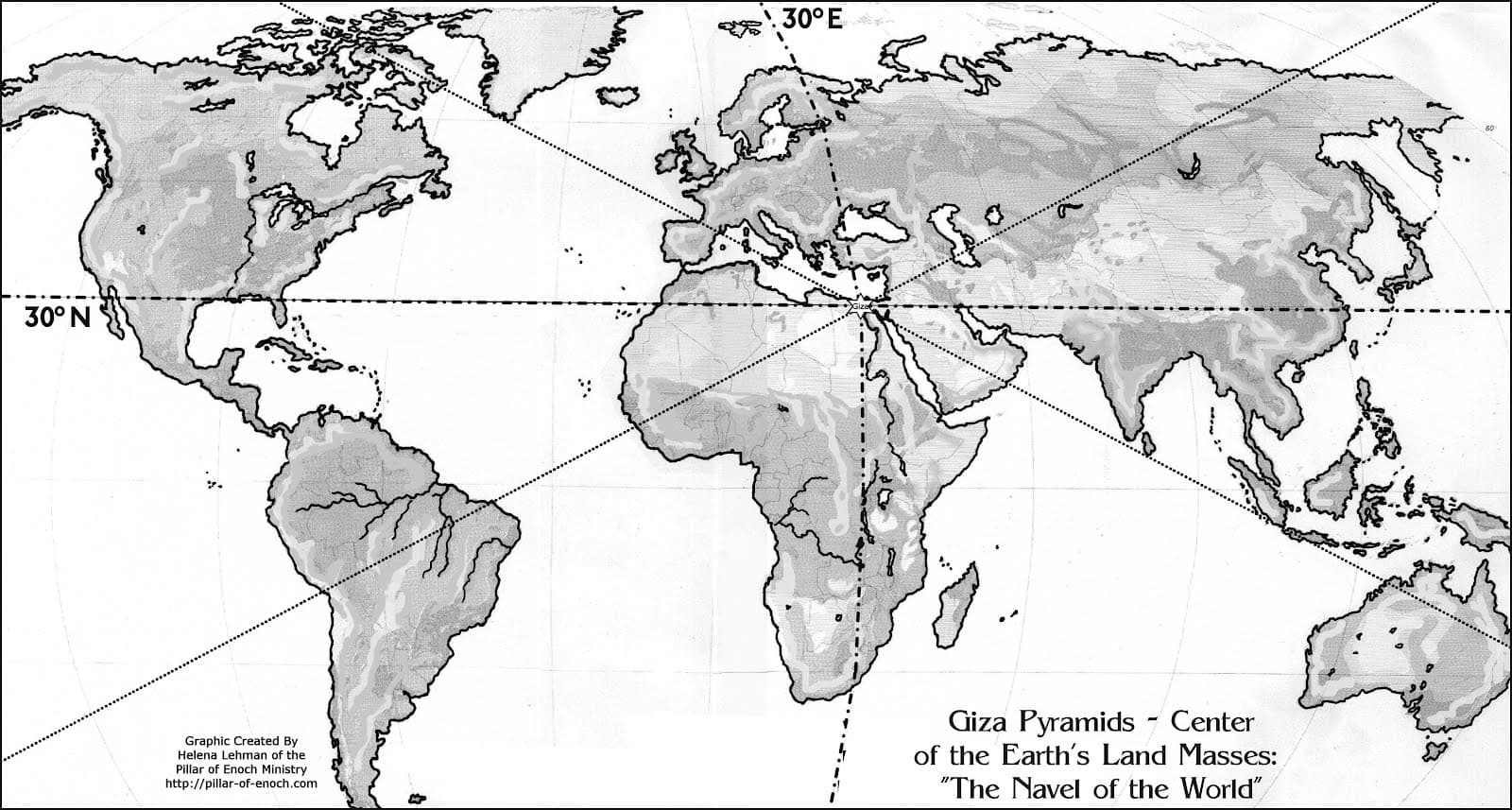
Posted on 11/07/2023 7:22:16 PM PST by logi_cal869
A team of archaeologists, geophysicists, geologists, and paleontologists affiliated with multiple institutions in Indonesia has found evidence showing that Gunung Padang is the oldest known pyramid in the world. In their paper published in the journal Archaeological Prospection, the group describes their multi-year study of the cultural heritage site.
Gunung Padang has for many years been considered a megalithic structure—it sits on top of an extinct volcano in West Java, Indonesia, and is considered by locals to be a sacred site. In 1998, it was declared to be a cultural heritage site. For many years there has been disagreement regarding the nature of the hill. Some have suggested it was made naturally with humans adding some adornments on top, while others have argued that evidence has suggested the hill was all or mostly man-made.
For this new study, the research team conducted a long-term, scientific study of the structure. Over the years 2011 to 2015, they studied the structure using seismic tomography, electrical resistivity tomography and ground-penetrating radar. They also drilled down into the hill and collected core samples that allowed them to use radiocarbon dating techniques to learn the ages of the layers that make up the hill.
In studying all their data, the research team found what they describe as clear evidence showing that the Gunung Padang was made mostly by human hands. The also found evidence showing that the structure was built in stages, thousands of years apart. And, they found that the older parts of the structure were made sometime between 25,000 and 14,000 years ago, making it the oldest known pyramid in the world today.
More specifically, the researchers found evidence of several efforts that together over time, added up to a completed structure. The first consisted of sculpted lava—where builders had carved shapes onto the top of a small, dead volcano. Then, several thousand years later, sometime between 7900 to 6100 BCE, another group added a layer of bricks and rock columns. Some unknown time later, another group added a dirt layer to part of the hill, covering some of the earlier work. Then sometime between 2000 and 1100 BCE yet another group added more top soil, stone terracing, and other elements.
The research team has also found some evidence suggesting there might be some hollow parts inside the structure, suggesting possible hidden chambers. They plan to drill down to them and then lower a camera to see what might be in these areas.
It's quite fascinating, with the potential to seriously up-end orthodoxy in archaeology.
Yeah, they looked at me strange when I tried to order it at the Indonesian restaurant ...
The paper referenced in the report:
Geo-archaeological prospecting of Gunung Padang buried prehistoric pyramid in West Java, Indonesia
Danny Hilman Natawidjaja, Andang Bachtiar, Bagus Endar B. Nurhandoko, Ali Akbar, Pon Purajatnika, Mudrik R. Daryono, Dadan D. Wardhana, Andri S. Subandriyo, Andi Krisyunianto …
First published: 20 October 2023
https://doi.org/10.1002/arp.1912

“It’s about time that science studied this site.
It’s quite fascinating, with the potential to seriously up-end orthodoxy in archaeology.”
It is extremely significant. This changes the history books.
First it it is not anywhere near the middle east (concept) and the other pyramids/ziggurats.
Second it is on an island that required major seafaring. (or flight)
Third it was started to be built before the last ice age ended.
Is it becoming obvious yet what these pyramids around the world were built for?
large Inter-space craft would not be able to support their own mass on the ground without crushing. They needed ladders to reach them as they floated above the ground for embarking and disembarking.
King Tut King Tut
Now when he was a young kid
He lived in an Indonesian pyramid.
(King Tut) How’d you get so funky?
(Funky Tut) Did you do the monkey?
Born in Indonesia,
Moved to California
King Tut
how the heck’d they float like that

large Inter-space craft would not be able to support their own mass on the ground without crushing. They needed ladders to reach them as they floated above the ground for embarking and disembarking.
LOL! Channeling Quix.
Hey man, think about it. It is a logical assumption. The enterprise would not be able to support it’s self on ground. That is why Kirk and Spock had to take shuttles out to it. lol

If this is true it makes it the oldest known example of Civilization.
It sounds like the very early activity was very simple, and the most impressive bits didn’t happen until after the Egyptians had done their thing.
It’s not the Great Pyramid being built 14,000 years ago.
Still interesting, though. I could take some cool pictures.
[snip] The[y] also found evidence showing that the structure was built in stages, thousands of years apart... the older parts of the structure were made sometime between 25,000 and 14,000 years ago... sometime between 7900 to 6100 BCE, another group added a layer of bricks and rock columns. Some unknown time later, another group added a dirt layer to part of the hill, covering some of the earlier work. Then sometime between 2000 and 1100 BCE yet another group added more top soil, stone terracing, and other elements. [/snip]
Well, that's what I get for scoffin'. Thanks FReeper to remain nameless for the earlier link.
How unfortunate for the defenders of archeological orthodoxy that pyramids can’t be sequestered forever out-of-sight in the deep recesses of the British Museum or the Smithsonian.
Any evidence of this pyramid being part of any astronomical alignments?
***it sits on top of an extinct volcano in West Java, Indonesia,***
Reminds me of the old hard to find 1953 movie A FAIR WIND TO JAVA in which a temple with diamonds is sitting on the volcano Krakatoa when it explodes.
And then there is the old Mighty Mouse cartoon about Krakatoa Katie...doing her hochie coochie dance...first time this little kid got turned on by a mouse!
The age of the Great Pyramids at Giza is disputed. The “official” age from the Egyptologists may be much too late. Curiously, those largest pyramids were built first, like they were built by an older more advanced culture, and the later ones are smaller copies of the originals. The great Sphinx at Giza also shows weathering from water, not wind, meaning the climate of Egypt has changed much since it was built.
A Optical Thermoluminescence date was obtained for the Menkaure pyramid of more than 3,000 BC.
Menkaure is traditionally believed to be youngest. This dating technique can only be analyzed outside of Egypt, but can no longer be done because all scientific dating methods by law must be done in Egypt.
Alternate water weathering on the Sphinx - the moat around the monument was filled with Nile water in the spring and the accumulated sand had to be dredged out, leaving behind erosion marks. There were annual processions around the Sphinx led by the then current Pharaoh and the priests. The remnants of docks are still visible on the southern side, as are the placements of various sluice gate hinges.

Disclaimer: Opinions posted on Free Republic are those of the individual posters and do not necessarily represent the opinion of Free Republic or its management. All materials posted herein are protected by copyright law and the exemption for fair use of copyrighted works.